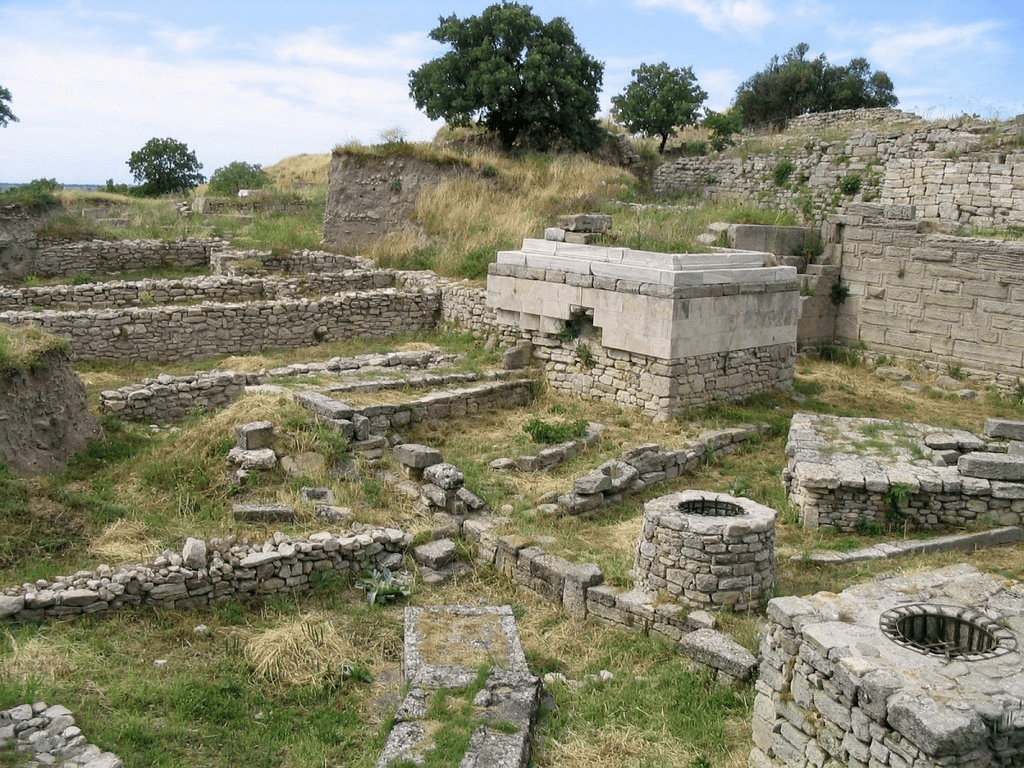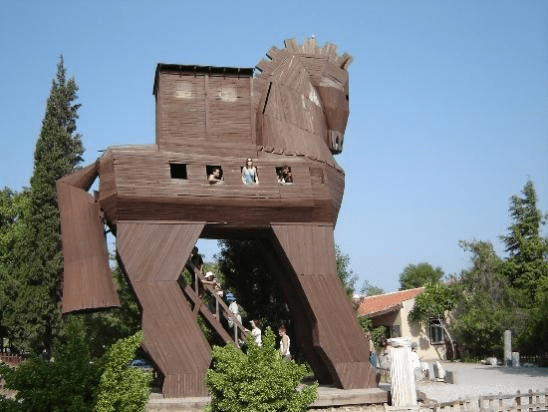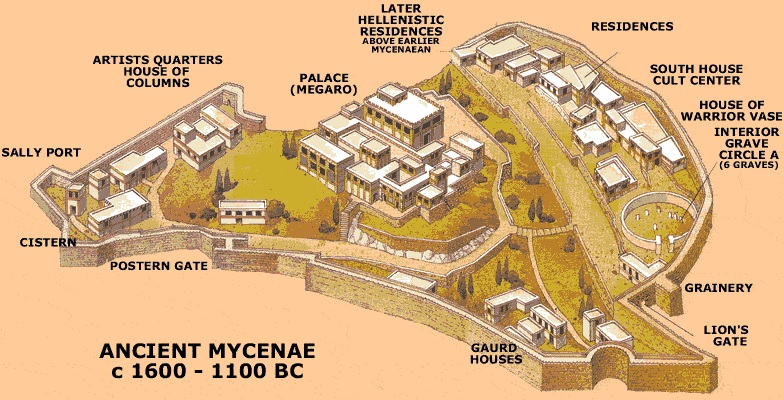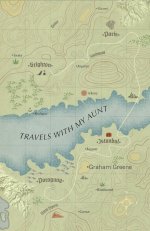Trojan War
Discover the history of the Trojan War
Who, having read the words of the Iliad and the Odyssey, has not experienced a stirring of the imagination and a longing to find a connection to these long ago and in some ways mythical places and events? Who has not been drawn to the stories of Achilles and Hector, Helen and Cassandra, Agamemnon and Priam?
Trojan War
Virgil, the Roman poet and historian, gave words to his countrymen’s fascination with Troy in his famous work The Aeneid. Geoffrey of Monmouth, the 12th Century English chronicler, even claimed that a legendary descendant of Troy founded the English monarchy!
We all know the story of the Trojan War. Paris of Troy abducts the beautiful Helen, wife of Menelaus of Sparta. Menelaus calls on his brother, Agamemnon of Mycenae, to help him recover her. They launch a thousand ships and battle outside the walls of Troy for ten years. Finally Ulysses tricks the Trojans into bringing a wooden horse filled with Greek soldiers into their city. Troy is sacked and the Greeks go home.
That was not the end of Troy, however,
for the location was good for trade. When one city was destroyed, a new
one was built on top of it. The first settlement was founded about
3000 BCE. The Troy of Homer was either the sixth or seventh city on
this site and more were added later.
King Xerxes of Persia stopped at Troy
some 750 years after Agamemnon to offer sacrifice before he invaded
Greece. Alexander the Great stopped by 200 years after that on his way
to return the favor. Various Roman emperors also visited the spot.
Then Troy passed into obscurity, until Heinrich Schliemann, a German merchant jack of all trades, began digging there in 1870. For Schliemann, Troy was an obsession. He knew his classics and correctly guessed where the ruins would be found.
Proceeding with a great deal more enthusiasm than care, he excavated a huge trench right through the middle of the site. This gave us a good cross section of the history, but much was destroyed in the process. Subsequent work has been carried on more scientifically and has revealed enough to enable modern archeologists to make outline maps of the various levels and to flesh out their histories.
 Ruins left behind after the Trojan war
Ruins left behind after the Trojan warAs a ruin, Troy is generally considered unimpressive. We arrived at a dusty bus stop with only one poorly stocked souvenir store and a small building huddling under the trees where tickets were sold.
This was the entrance to Troy. Situated on a
low promontory overlooking the former confluence of the Simois and
Scamander rivers, Troy commands a moderately defensive position.
No columns or buildings stand here. Beyond a few late Roman remains, most of the ancient architecture is only hinted at by massive foundations and walls here and there peeking out from under earth and weeds.
Even these offer little insight as they represent a jumble of different cities and structures, cut and dug by archeologists who have not always coordinated their efforts.
 A model of the city of Troy
A model of the city of TroyThe site has been battered and abused by wars, build overs, the ravages of time, and the excavations of Schliemann. There were nine Troys built one on top of the other. Number nine was a Roman temple complex. Archeologists over the years have pretty much come to the consensus that Troy VI is the city of the Iliad.
It shows signs of war and burning, the timing in the 13th Century BCE is right, and Troy VII is much smaller. The focus of most excavations has been at the top of the hill where the citadel and palace stood. The walled city itself spread out below as shown in this conceptual drawing.
Trojan War
Enough remains, however, of Homer’s Troy to give anchor to his words. To stand in the actual corridor of the east gate, to touch the stones of the massive east tower, or to walk alongside the retaining wall of Priam’s palace seems to put one into direct contact with events that occurred here.
It is as if the stones themselves had memories which in their own way might impart their message if one touched them long enough.
Standing in this place and recalling the story of the Iliad, I could faintly imagine the ramparts and palaces, the walls and the pillars as they stood in Priam’s day. I could see the stone towers and broad entry ramps emerge from the hillside and the sounds of men fighting, and dying, seemed just beyond audible. Then there is the horse.
 A modern Trojan Horse
A modern Trojan HorseJust outside the visitor center at Troy is a large wooden horse, erected by modern engineers to give tourists a photo op. There is a stairway going up into it and everybody has to have their picture taken looking out from one of the windows.
The other half of the story of the Trojan War lies in Greece at Agamemnon’s citadel of Mycenae. Mycenae is a brooding fortress overlooking the Argive valley some 20 miles south of Corinth. It is a warlord's stronghold piled high on a craggy knoll between two steep mountains.
From his porch, the mighty Agamemnon could breath in deeply the salt sea air from off the bay at Tiryns as he surveyed the abundant orchards and fields of his homeland. What could possibly draw him to leave such an idyllic place? Two things did: his brother Menelaus crying vengeance and his own thirst for military power.
Mycenae is better preserved than Troy. The massive walls still surround the hilltop on which it stands. The double lion keystone still crowns the formidable gate. Built about 1600 BCE, it is today a well worn tourist attraction.
The rough stones are slippery from wear
and little remains of the court that used to occupy the highest point.
A circular structure just inside the gate holds graves and Schliemann,
who also excavated here, believed that one of the burials was that of
the great king himself. He found a gold mask here that has been called
the death mask of Agamemnon.

We entered by the Lion’s Gate and were free to wander the palace and the grounds. While the buildings are now just ruins, they were never built over so it is possible to trace the actual walls and rooms of the palace. Of course defenders of fortifications on a hill still need water and I found the long sloping tunnel that goes down to a hidden spring.
Having visited both sites, I sense the
difference between Troy and Mycenae. The stones tell it. Troy is an
old, old city with its roots in the ancient Minoan civilization. It
began as a trading center and sanctuary to the one Mother Goddess.
Its stones are smooth carved and
fitted into measured walls and angled towers. It suffered earthquakes
and wars yet continued to rebound until finally the rivers by which it
accessed the sea silted up to create the farmland of today.
Mycenae’s stones, on the other hand, are huge brutish boulders cleverly joined but without grace or symmetry. Mycenae is a fortress, much younger than Troy, and home to a new race of warriors who eventually pulled down the remnants of Minoan civilization. There is no doubting the power that used to reside here.
I found that the guide books offered by
the gift stores are rather good. One of the best modern studies is
Michael Wood’s In Search Of The Trojan War (updated version 1998).
Yet the story Homer tells comes down to us incomplete. The Iliad ends with Hector’s funeral. Achilles is still alive, the horse is not mentioned, and Troy still stands proud upon its hill.
The Odyssey begins with most of the surviving Greek heroes already back home in Greece. Was there a missing book? Did Homer fail to cover the central part of the story? Or did the audiences who listened to the ancient poets already know the rest of the story and did not need to see it written.
It waited until Quintus of Smyrna in the 3rd Century CE to fill in the gap. In his account, 'The War At Troy', he tells the rest of the story from the arrival of the Amazons to the final destruction of Troy and the return of the Greeks. Fortunately I found this book in a used bookstore after my visit to the ancient sites.
Janice Van Cleve visited Turkey and Greece in May 2001. She returned to Greece and its islands in 2003. Stories of her travels may be found in two books, The Jumanji Passport vols. 1 & 2.
If you enjoyed this story, be sure to check out Janice's other adventures around the world by clicking on the titles below:
Exploring the city of Istanbul
Janice follows the trail of Joan of Arc ending in Rouen, France
Janice explores the Ile de la Cité
Exploring the city of Nuremberg, Germany
Honduras: The Lure of Copan Ruinas
Janice explores Obereisenheim in the Franconian countryside of Germany
- Home ›
- True Tales ›
- Trojan War







